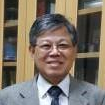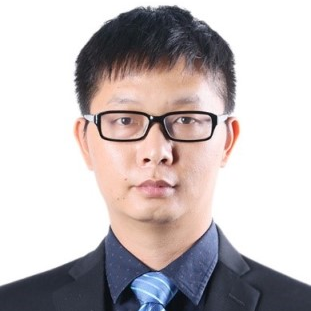Recent Advances in Organic Rankine Cycle (ORC)
A special issue of Energies (ISSN 1996-1073). This special issue belongs to the section "J: Thermal Management".
Deadline for manuscript submissions: closed (31 August 2022) | Viewed by 10477
Special Issue Editors
Interests: organic Rankine cycle; nuclear technology; passive heat transfer
Interests: organic Rankine cycle; heat pump; combined cooling, heating, and power
Special Issues, Collections and Topics in MDPI journals
Special Issue Information
Dear Colleagues,
Organic Rankine cycle (ORC) systems are simple, inexpensive, and easy to use, and have been widely adopted for low-temperature waste heat recovery and renewable energy utilization. However, there are still several challenges for ORC and related systems, such as increasing energy efficiency, improving operation reliability, building effective components, reducing the costs of components and systems, reducing environmental impact, and so on. The purpose of this Special Issue is to attract state-of-the-art research and review articles on ORC systems and components, in a wide range of topics, including the following:
- ORC and polygeneration systems
- CO2 power cycles
- Environmentally friendly organic fluids for power generation
- Experimental studies of ORC and related thermodynamic systems
- Turbine, heat exchanger, and pump design of ORC system
- New integrations of ORC with other energy systems
- Industrial applications of ORC
- All topics related to ORC
Prof. Dr. Tzu-Chen Hung
Dr. Yong-Qiang Feng
Dr. Huan Xi
Guest Editors
Manuscript Submission Information
Manuscripts should be submitted online at www.mdpi.com by registering and logging in to this website. Once you are registered, click here to go to the submission form. Manuscripts can be submitted until the deadline. All submissions that pass pre-check are peer-reviewed. Accepted papers will be published continuously in the journal (as soon as accepted) and will be listed together on the special issue website. Research articles, review articles as well as short communications are invited. For planned papers, a title and short abstract (about 100 words) can be sent to the Editorial Office for announcement on this website.
Submitted manuscripts should not have been published previously, nor be under consideration for publication elsewhere (except conference proceedings papers). All manuscripts are thoroughly refereed through a single-blind peer-review process. A guide for authors and other relevant information for submission of manuscripts is available on the Instructions for Authors page. Energies is an international peer-reviewed open access semimonthly journal published by MDPI.
Please visit the Instructions for Authors page before submitting a manuscript. The Article Processing Charge (APC) for publication in this open access journal is 2600 CHF (Swiss Francs). Submitted papers should be well formatted and use good English. Authors may use MDPI's English editing service prior to publication or during author revisions.
Keywords
- Organic Rankine Cycle (ORC)
- polygeneration systems
- CO2 power cycles
- power generation
- thermodynamic systems
- turbine, heat exchanger
- energy systems
- industrial applications
Benefits of Publishing in a Special Issue
- Ease of navigation: Grouping papers by topic helps scholars navigate broad scope journals more efficiently.
- Greater discoverability: Special Issues support the reach and impact of scientific research. Articles in Special Issues are more discoverable and cited more frequently.
- Expansion of research network: Special Issues facilitate connections among authors, fostering scientific collaborations.
- External promotion: Articles in Special Issues are often promoted through the journal's social media, increasing their visibility.
- e-Book format: Special Issues with more than 10 articles can be published as dedicated e-books, ensuring wide and rapid dissemination.
Further information on MDPI's Special Issue polices can be found here.







